
From Manual to Automated: A DevSecOps Story of Infrastructure Transformation with Terraform, Ansible, and AWS
Managing and maintaining legacy infrastructure can pose significant challenges. To tackle the complexities of manual systems, we turned to Infrastructure as Code (IaC) as a potent solution. This article takes you through a compelling DevSecOps journey of transforming from legacy to automated infrastructure using Terraform, Ansible, and AWS. Uncover the strategic implementation, triumphs, and real-world impact of embracing modernization, leading to enhanced efficiency and scalability.
12 min read
In this Article:
- Explore the challenges posed by legacy infrastructure and the need for a transition to Infrastructure as Code (IaC).
- Understand the goals of modernization, including agility, scalability, and efficiency, achieved through an IaC approach.
- Learn about the strategic roadmap, utilizing AWS Auto Scaling Groups, Terraform, Ansible, and Salt for successful transformation.
- Discover the diverse range of tools, including Terraform, AWS SaaS services, Ansible with mitogen, and more, driving the modernization journey.
- Delve into the obstacles faced during the transition and the strategies that led to triumphs, resulting in improved performance and reduced downtime.
Introduction
In the rapidly evolving world of software development, managing and maintaining legacy infrastructure can pose a formidable challenge. In this increasingly complex landscape, organizations are turning to Infrastructure as Code (IaC) – a powerful approach that can replace static, manual infrastructure with automated, flexible systems. This article will explore the journey of transitioning from legacy architecture to an IaC model, outlining the challenges, strategies, and triumphs along the way.
Legacy Systems and their Limitations
Legacy systems, while potentially robust and deeply entrenched within an organization’s operations, often present a multitude of inherent challenges. These systems can be complex, unwieldy, and difficult to manage, leading to inefficient processes, increased risk of errors, and constraints on scalability. Here, we will delve into these pitfalls, providing an insightful look into the intricacies of typical legacy systems.
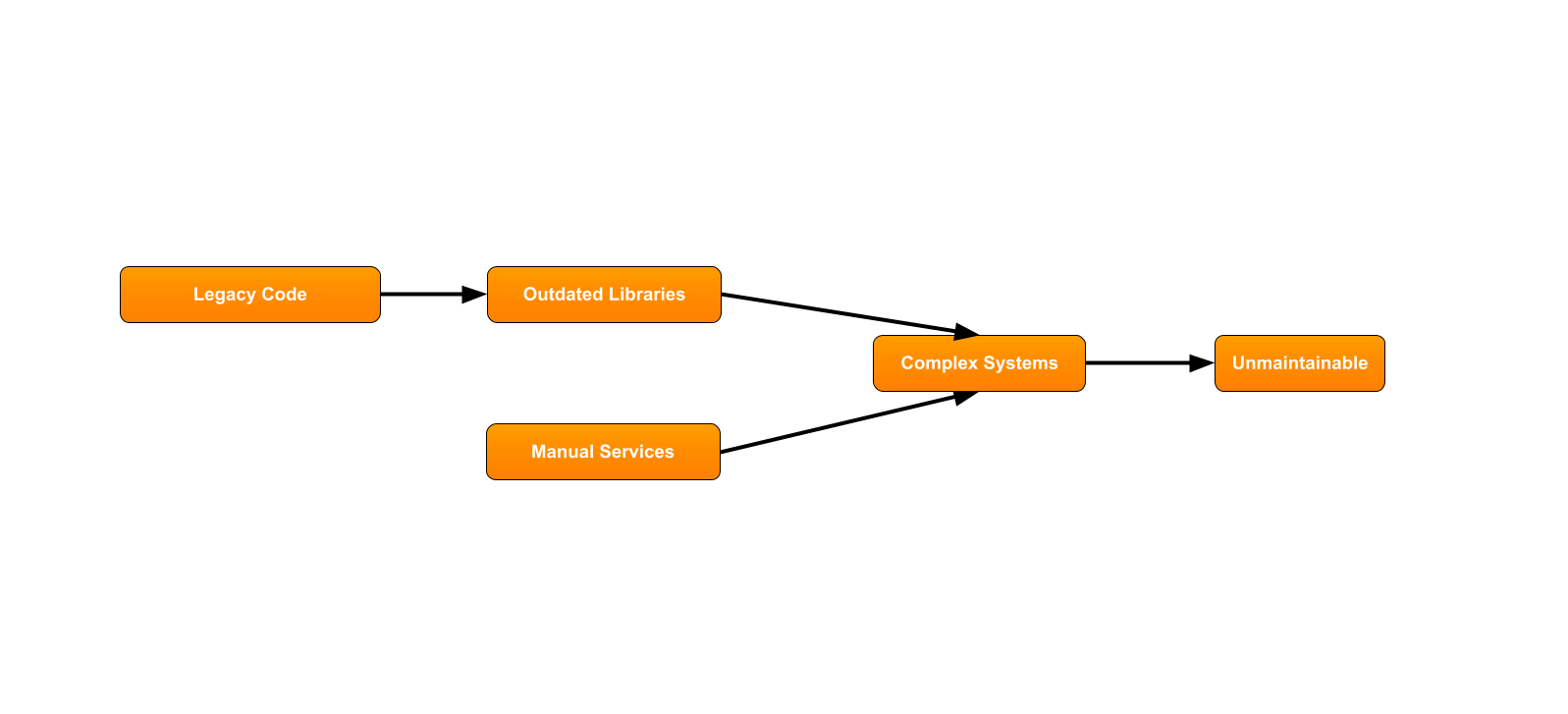
Legacy System Complexities
The Vision for Modernization
Embarking on a journey toward modernization necessitates a vision. This vision must be centered around agility, scalability, efficiency, and at the same time simplicity, leveraging the full potential of modern DevOps practices. The ultimate goal of modernization is not merely to update technology, but to fundamentally transform how an organization operates, leading to improved business outcomes. The new model should be capable of responding swiftly to changes, ensuring business continuity even in the face of unexpected events. A shift towards an Infrastructure as Code (IaC) approach can fulfil this vision by automating routine tasks, fostering consistency, and reducing manual errors. Furthermore, an IaC model can facilitate scalability and encourage innovation, allowing businesses to be more competitive in the digital age. This vision for modernization, while challenging to implement, promises substantial returns on investment in the form of enhanced productivity, reduced costs, and boosted agility.
Strategy and Implementation
Implementing a modernization vision requires a strategic approach, underpinned by the integration of advanced tools and methodologies. This section outlines the principal components of our transition strategy, which incorporates AWS Auto Scaling Groups, orchestration of Terraform and Ansible pipelines with GitHub Actions, and the transition to a Salt masterless model.
AWS Auto Scaling Groups: These tools enable the automatic scaling of resources to meet application demand, thereby improving availability and cost efficiency. They ensure that the right amount of resources is available to handle the load of your application.
Terraform and Ansible with GitHub Actions: Terraform, an open-source IaC tool, provides a consistent CLI workflow for managing cloud service. Ansible, an open-source software provisioning, configuration management, and application-deployment tool, simplifies complex coordination tasks during deployment. By orchestrating Terraform and Ansible pipelines with GitHub Actions, we can automate our workflows, facilitating seamless integration and deployment processes.
Salt masterless: Transitioning to a Salt masterless model affords increased flexibility. It simplifies the configuration management process by removing the need for a central server, which reduces the potential points of failure, enhancing overall system reliability.
Our strategic roadmap, illustrated below, depicts the transformation from a legacy infrastructure to a modern, robust, and scalable system.
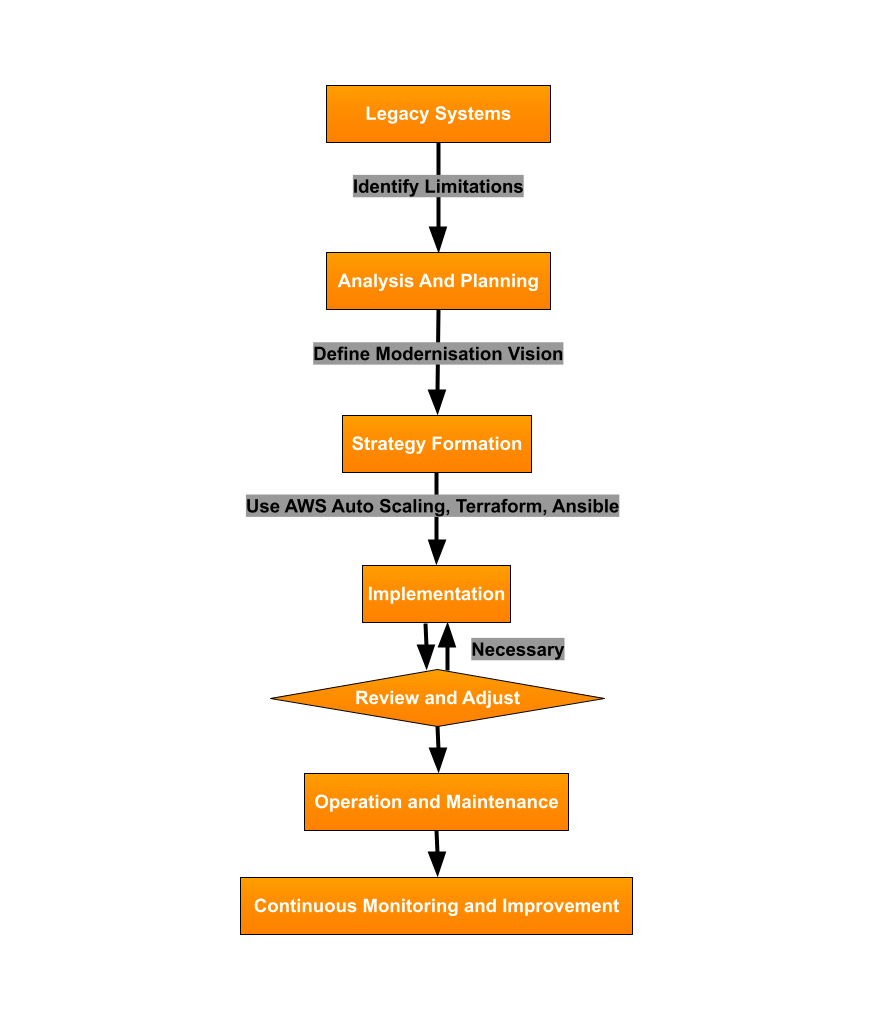
The diagram indicates our strategy’s key stages, from the current state of infrastructure, through the transition process, to the envisioned end state. It’s crucial to note that this transformation won’t occur overnight; it’s an iterative process requiring constant monitoring, evaluation, and adjustments. By following this roadmap, organizations can navigate the complexities of infrastructure modernization and ensure a successful transition.
Technology Stack: The Power Tools for Transformation
Transitioning to a modern infrastructure involves a diverse range of powerful tools, each contributing unique features and advantages. Here’s an in-depth look at our technology stack:
Terraform: A cornerstone of our IaC approach, Terraform allowed us to define and provision our data center infrastructure using a high-level configuration syntax.

AWS SaaS Services: We integrated a range of services, including EC2 for compute capacity, S3 for storage, Route53 for scalable Domain Name System (DNS) web services, RDS for relational databases, and Lambda for running our code without provisioning or managing servers.
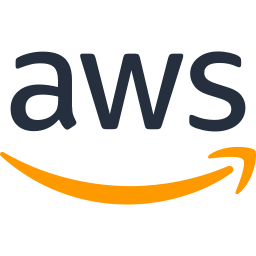
GitHub Actions with OIDC and SSH-SSM: Critical for managing our Terraform and Ansible pipelines, providing an automated, consistent, and secure workflow for our infrastructure’s build and deployment.
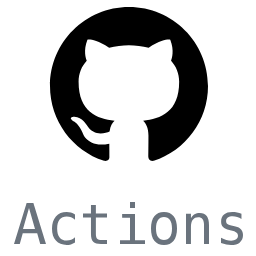
Ansible with mitogen: Used for app configuration, rollout, and management, providing a simple, yet powerful, automation engine. Mitogen allows us to speed up ansible execution by more than 300%.

Salt: Prior to the transition, the client’s configuration was managed by Salt. We switched to a Salt masterless configuration for streamlined, more efficient management.
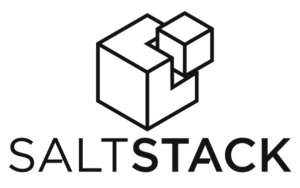
Consul: Upgraded to the latest version, Consul played a critical role in service discovery and configuration for the distributed system.
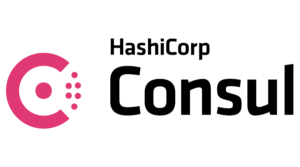
Packer: For baking AMI images, at this step, we throw in salt-masterless. For image retention and offload, we used simple Lambda code to keep our env clean.
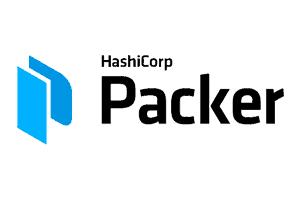
Cloud-init: Used to inject ssh-public keys and init scripts.

Checkov: For static code analysis and misconfigurations findings in IaC.
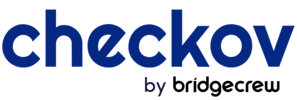
Understanding the role and benefit of each tool is crucial for realizing our vision of modernization. These power tools enable us to build a robust, scalable, and efficient infrastructure.
Challenges and Triumphs
Transitioning to modern infrastructure is a challenging process, but the rewards are diversified. Let’s delve into some of the hurdles we faced and how we overcame them.
Technical Hurdles: Our legacy system was intricately entangled, which made untangling dependencies a significant challenge. For example, replacing monolithic applications with microservices required a careful examination of interconnected components. However, tools like Terraform and Ansible enabled us to manage these complexities, allowing for a smoother transition.
Organizational Resistance: Any major transition can face resistance due to fear of change and potential risks. To counter this, we fostered an open dialogue to discuss concerns and share the vision behind the transition. This open communication was vital in gaining the necessary buy-in from all stakeholders.
Mitigation Strategies: Having robust mitigation strategies was crucial. For instance, we employed a phased approach, starting with non-critical systems. This allowed us to test our strategy, refine it, and gradually increase the scope of our transition, reducing the risk of potential setbacks.
An illustrative scenario involves our database migration. Initially, our monolithic database was a bottleneck, causing performance issues. However, after transitioning to AWS SaaS services, we could leverage scalable, managed databases, resulting in significantly improved performance.
Another example is the automation of our deployment pipeline. Previously, deployments were manual and error-prone. With the adoption of GitHub Actions, we automated this process, increasing speed, and reducing errors, providing a more reliable, efficient deployment process.
In all, the journey was challenging but led to significant improvements in our infrastructure’s robustness, scalability, and efficiency.
Measuring Success
The Impact of Transformation
Measuring success is paramount to validating modernization efforts. To this end, we established key metrics that encapsulated the progress and outcome of our transformation. The successful transition to IaC was an enormous added value. Measuring the whole environment bootstrap time with deployment of all resources through IaC tools, we have jumped in reduction from a couple of days to less than an hour.
Another metric was the reduction of the legacy Salt code, which directly represented the removal of outdated, inefficient practices. By the project’s end, we managed to cut down over 60% of the Salt codebase, replacing it with scalable, efficient, and maintainable IaC code using Terraform, Ansible, and Packer. Also, move application pre-config to the build step, scale-out happens without waiting for salt orchestration on the first vm boot – which is a huge gain in an extensive rapid traffic situation.
Project Impact and Future Implications
The transformation had a profound impact on the client. Post-modernization, we experienced improved system performance, reliability, and scalability, leading to enhanced customer satisfaction and a significant reduction in downtimes.
The modernized infrastructure also led to increased efficiency. With streamlined CI/CD pipelines, deployment times were cut dramatically, allowing the team to focus more on feature development rather than firefighting operational issues.
Moreover, the usage of infrastructure as code (IaC) tools, such as Terraform and Ansible, enabled the infrastructure to be version-controlled, tested, and replicated, ensuring consistency across environments and boosting operational resilience.
In the broader tech landscape, this project underscores the importance of embracing modern infrastructure principles. In an era where speed, scalability, and reliability are paramount, adopting modern infrastructure practices isn’t just a competitive edge – it’s a necessity.
The transition has also laid a solid foundation for future innovations, with possibilities such as serverless architectures, AI-based operations, and more, painting an exciting picture of what lies ahead.
Key Takeaways and Lessons Learned
Reflecting on our journey, several insights stand out as particularly valuable. First, we learned the importance of strategic planning in managing the transition from legacy systems. Mapping out each stage of transformation, while challenging, ensured a smooth transition.
Additionally, we understood the value of adopting a culture of automation. While there’s an initial learning curve, the benefits in terms of efficiency, scalability, and maintainability are immense.
Our advice to organizations embarking on a similar path: expect challenges, but view them as opportunities for growth and learning. Maintain open communication across all teams, foster a culture of learning, and above all, be patient and persistent.
Conclusion
The transformation journey, while fraught with challenges, proved immensely rewarding. The successful transition from a legacy to a modern, automated infrastructure reinforced the importance of embracing change in our fast-paced tech world. Despite hurdles, the benefits – efficiency, scalability, and future readiness, outweigh the initial discomfort. This experience underlines the truth that in the realm of technology, adaptability, and innovation aren’t just optional – they’re essential for survival and growth.




